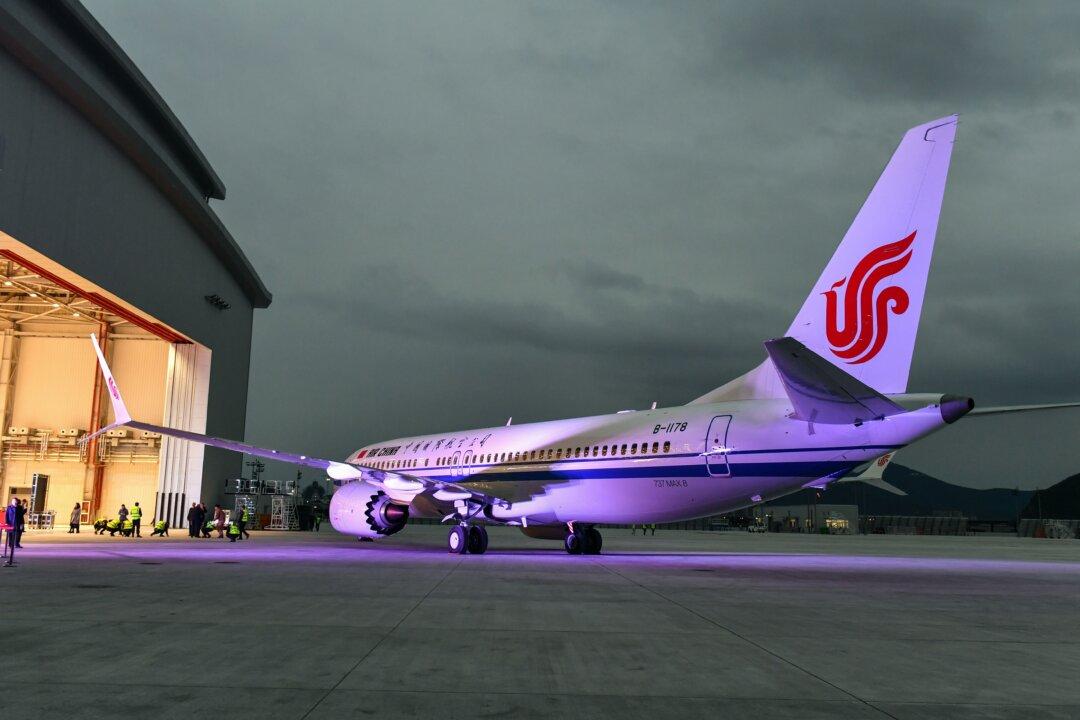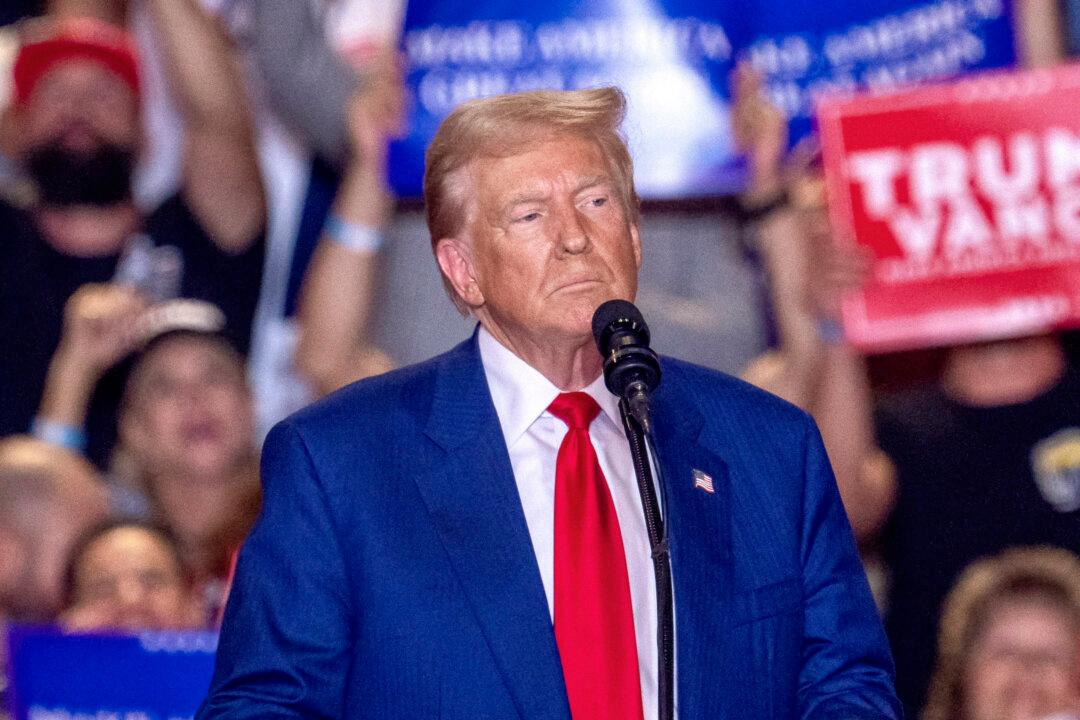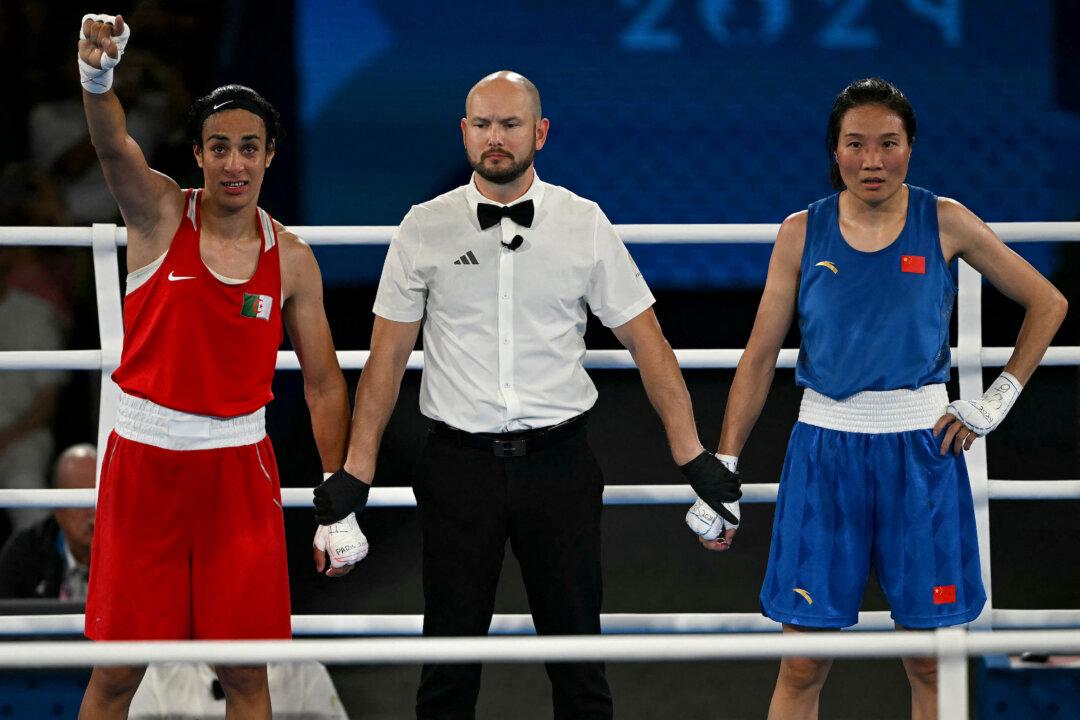Belgium will test wastewater from planes arriving from China for new COVID variants as part of new steps to monitor the virus as infections in China surge, the government announced on Monday.
“This will be an additional monitoring objective to verify that the data we receive from China is accurate,” Steven Van Gucht of the Sciensano national public health institute told Reuters.




